What Is Installation Art? Description, History, and Prominent Artists
by David Fox
Installation art is an often misunderstood form of art. Many people don't know what it is or how to define it. Installation art can be described as artwork that is created for a specific space and requires the participation of the viewer to be fully appreciated. It can be anything from a sculpture or painting to a performance or piece of architecture. Installation art has a long and varied history, and there are many famous artists who work in this medium. In this blog post, we will explore the definition, history, and examples of installation art. Stay tuned!
Contents
- What is Installation Art?
- History of Installation Art
- Famous Installation Artists You Should Know About
- Why We Need Installation Art
- Why is Installation Art a Need?
- How Has Installation Art Evolved Over the Years and What New Directions Is It Taking?
- What Are Some Challenges That Installation Artists Face and How Do They Overcome Them?
- Conclusion on Installation Art
- Recommended Books on Installation Art
Let's dig in…
What is Installation Art?
An art installation is a three-dimensional visual artwork, often created for a specific place (in situ) and designed to change the perception of space.
The term "installation", which appeared in the 1970's, generally applies to works created for interior spaces (ie. gallery, museum); outdoor works are more often referred to as public art, land art, or, to put it roughly, humans intervening on an environment and putting their "stamp" on it.
That said, an outdoor piece can most certainly be considered an "installation" of sorts, but, typically, installation art is most often found within an indoor space, as some artists would prefer to contain their creative statement to the context of a room, which is simple enough for a viewer to comprehend.
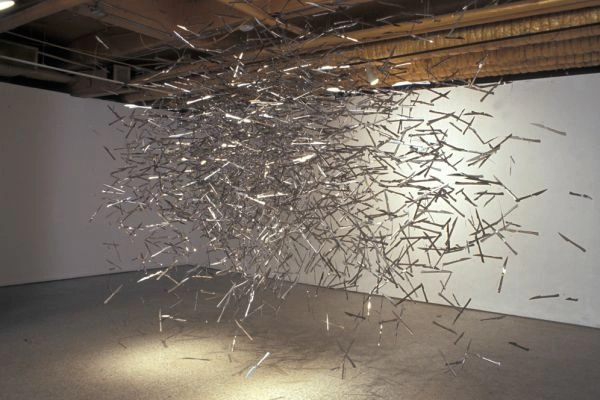
The installation, once constructed, is most often expressed in such a three-dimensional setting as has been mentioned: within a room, where the artist includes the environment as part of the work, or other factors, which distinguishes their work from simply hanging a 2-D piece.
The 3-D work is put into a situation and makes use of the off-field, a dimension that is not immediately visible to the person who is watching: the mere fact of including it as a "spectator" calls for notions of participation, immersion, and theatricality.
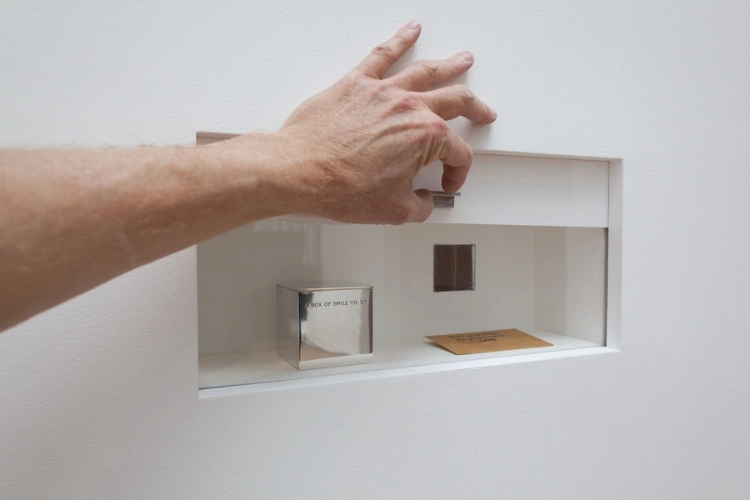
The space of the installation can be closed (eg limited to a waiting room, a kitchen, etc.) or open (for example a bridge, a wheat field, a square, a street, a city etc.): thus, Land art tends today to be redefined by the yardstick of the concept of installation.
Finally, an installation can be either:
- mobile (or re-mountable);
- permanent (or fixed);
- ephemeral (or temporary).
The installation can most often be assimilated to a sculpture but it can not be reduced to it. One speaks of hybridization and mutations.
It also makes it possible to explode the notion of volume: the installation can be understood as an object of reduced size to a very large space (eg. Monumenta).
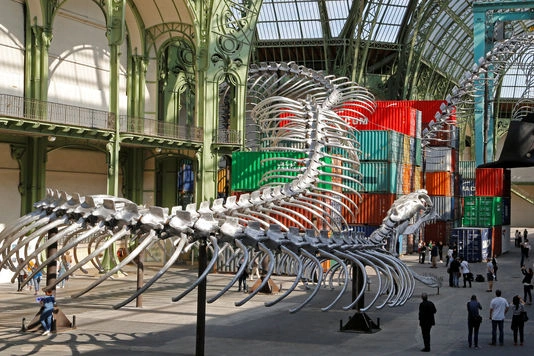
Specificity: Some installations are designed for (and depending on) a particular exhibition location.
Interaction: in some cases, the public is led to interact with the installation or even the artist himself.
The distance between the public and the work is more or less abolished; in some cases there is participation, the public penetrates within the perimeter proper to the work, engendering new types of relations between creation, creator, and viewer.
The scenography: some works invite a course, a path and propose different stages or sensorial sequences.
Here is a work by Yoko Ono called "Cut Piece", from 1965. Watch the video and see what meaning you can derive from this work.
This brings us to the point about art, and what is exactly the point of it all? Is it to create enjoyment for the viewer / person experiencing the art, or is it simply to provoke thought?
As you probably know, if you like art, you must also be aware that there are those of us who just don't really enjoy art, and, in particular, art that isn't extremely easy to understand the meaning of at a glance.
Art which challenges the viewer, which installation art can often be, can often elicit feelings of strong dislike or confusion from the person witnessing it.
This begs the question, "What makes for good installation art?" For surely not all installation art is created equal, just like any kind of creative output. Are there no standards? Is it all just purely subjective?
We spoke recently to University of California professor Jennifer Gonzalez, who has studied installation art in depth, and has even written a book about installation art called Subject to Display: Reframing Race in Contemporary Installation Art.
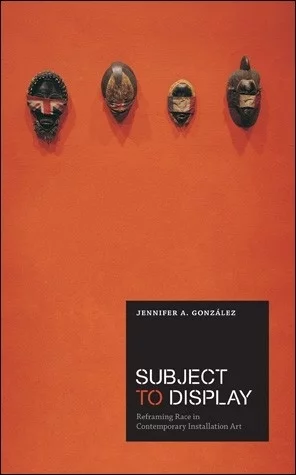
Jennifer offers the following tidbit, "Like any art form, good installation art transforms the way we see, feel or think about the world."
Of course, everyone sees art differently. Some people aren't comfortable having their thoughts challenged or provoked.
However, assuming you would like to understand installation art better than you already do, let's take a trip back in time.
We will now look at the history of installation art, and some context as to how this often misunderstood sub-genre of art came about.
History of Installation Art
The term "installation" is relatively new in its use and in its definition as an artistic concept.
In 1958, the artist Allan Kaprow spoke of the "environment" to describe his productions, which consisted of the creation of a room requiring the intervention or the situation of the spectator and the place in a sort of happening, later described as "performance."
In the same year, French artist Yves Klein invited the public to visit the Iris Clert gallery space in Paris to present his latest work, the "Exposition du vide": floor, ceiling and walls painted white, all lit by a bluish light.
Playful, participative and mobile dimensions are already present in these avant garde works.
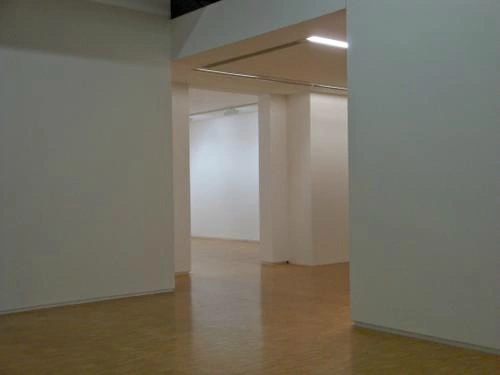
In retrospect, contemporary artists themselves are part of a genealogy, which, at the turn of the 1920's, saw the appearance of certain artists (alone or in groups) capable of organizing, presenting and staging their productions in a non-conformist way.
Art theorists situate this phenomenon in the context of movements such as Dadaism and Surrealism: for example, Marcel Duchamp, who is the designer of the International Exhibition of Surrealism at the Galerie des Beaux-Arts in Paris, or the Merzbau by Kurt Schwitters, two artists who, however, worked in the secret of their workshops.
In 1969 the public discovers Given, Duchamp's last work, begun in 1946 and completed in 1968: the artist described it as a "demountable approximation" and is accompanied by " a specification, which makes it, in theory, "remountable".

The first "ephemeral" installation, designed to be destroyed after a brief exhibition, was realized in 1956 in Barcelona by the Catalan poet Joan Brossa.
In Japan, the Gutai group was expressing itself through neo-dadaist performances and forms of installations.
In 1958, Wolf Vostell realized an installation, The Black Room ( Das schwarze Zimmer ), and exhibited in 1963 at the Smolin Gallery of New York an installation called 6 TV De-coll / age.
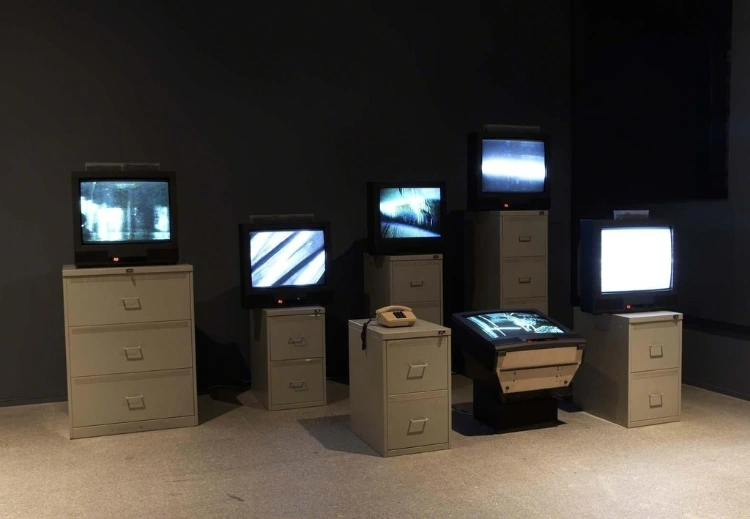
Depending on their fashions and arrangements, in a setting that has its own dynamics, the installations use traditional media such as painting, sculpture, photography, but more often more recent media such as projections (film, video), sound, lighting.
An artist like Nam June Paik was the first to use a mixed technique, combining television, video, sounds and lights in Exposition of Music - Electronic Television at the Parnass Gallery in Wuppertal in 1963.
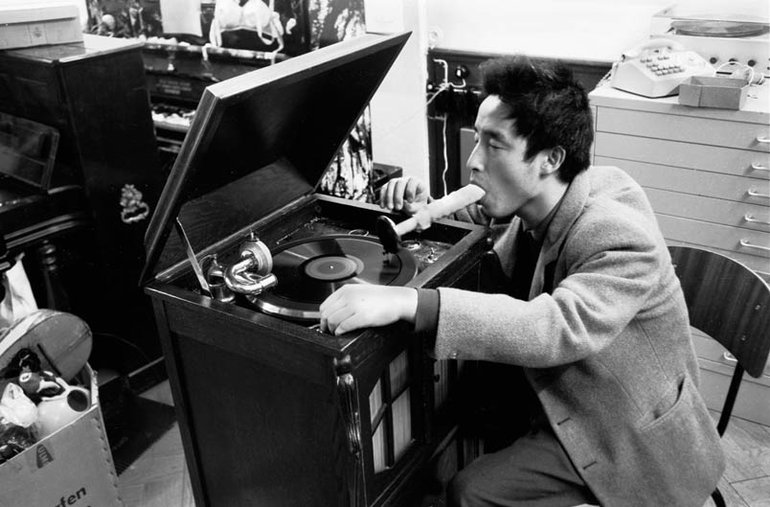
Artists of the Fluxus and Lettrist group also expressed themselves through temporary installations, more or less provocative.
In the early 1980's, interactive visual and sound installations appeared, using analogue and digital means, such as Jean-Robert Sédano and Solveig de Ory.
Beginning in the 1990s, the installations use computer tools either to drive the effects or to form the main medium, with artists like Perry Hoberman, David Rokeby, or digital and immersive with Jeffrey Shaw or Maurice Benayoun.
Now we shall take a look at some of the more famous, and sometimes infamous, installation artists the world has seen thus far…
Famous Installation Artists You Should Know About
Installation artists are not always the most well-known artists many students of art history will come across when studying art, which is strange, since installation art is some of the most groundbreaking and often hard-to-miss artistic statements that can be made.
Take, for example, this digital installation piece by Kyra Schmidt, which dominates an entire landscape.
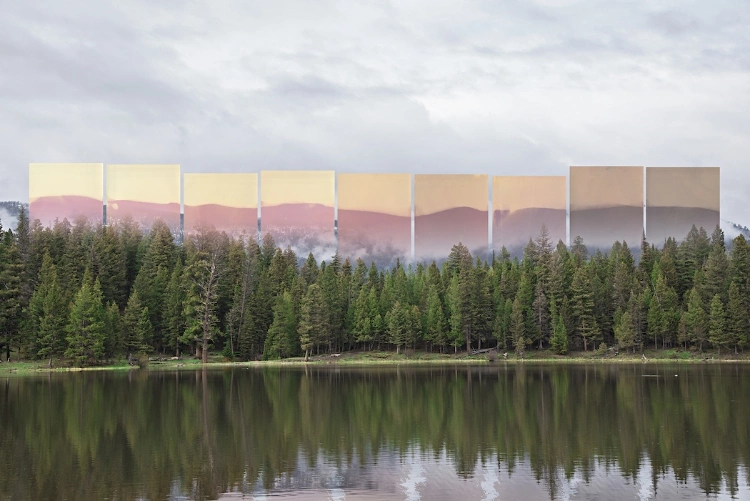
As mentioned previously, the distinction between this art being considered "installation art" and "land art" comes down to the artists' statement of their own work, and the viewers' perception as well, since the artist clearly isn't going to be present to guide each viewers' opinion as to how to define what they are seeing. The art, in other words, speaks for itself, and, in a real sense, doesn't care what the viewer thinks of it.
To beleaguer the point a bit more, Robert Smithson's "Spiral Jett" could be seen as land art, or installation art, or an earthwork sculpture, but it also simply is.
Installation art is such a powerful medium because it is often more than 2-D, reaching into the realm of experience-based media that affects us in a different way from a painting, or other types of media.
The point of much installation art is to express something truly epic, or a feeling that can only be felt in the world or context of that particular piece.
The list of popular and, in fact, legendary installation artists is not a short one. As a student of art, and as someone obviously curious about the creative process, I hope you enjoy this list of the most famous installation artists of all time that everyone should know about. (*It is, of course, up to you to determine whether or not you agree that they should be on this list, and it would be interesting to hear your opinion in the comments below)
Yayoi Kusama
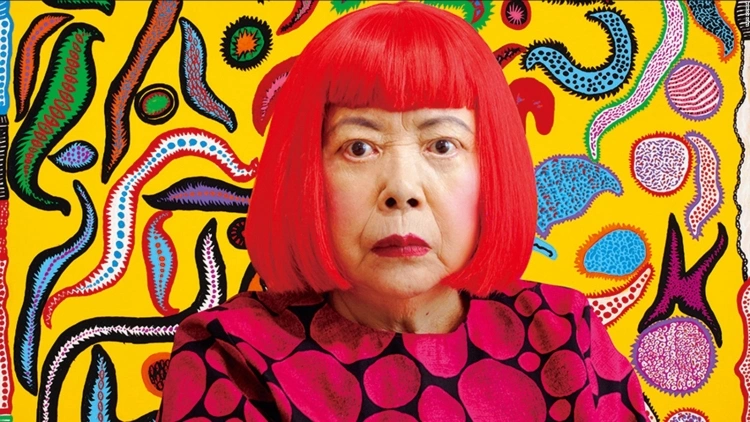
Yayoi Kusama is a Japanese contemporary artist who is well-known for her extensive resume in the arts and her long list of exhibitions and permanent installations.
She started achieving success in the 1950's, and is now one of the most famous Japanese female artists, recently making the Time Magazine list of the 100 most influential people.
A very colourful person in life, Yayoi's art immerses the viewer in an experience that takes them well beyond the bounds of the ordinary, usually involving polka dots in some way.

In 2017, the Hirshhorn Museum in Washington, DC opened up an exhibition celebrating her 50 years of work, and that same year, a museum named after her was instituted in Tokyo.
Her exhibitions are considered a must-see experience.
Watch this trailer for Kasuma (Infinity), about the artist.
Read our feature article, "Yayoi Kusama: Polka Dot Madness"
Up next…Ai Weiwei.
Ai Weiwei
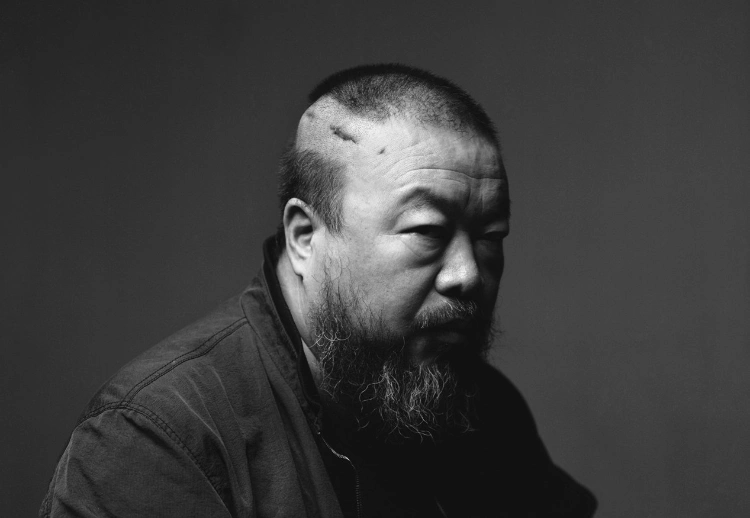
Ai Weiwei is an artist from Beijing, China. He is a filmmaker, visual artist, installation artist, author, and architectural artist. He is, or at least was, an extensive blogger, finding a place to express his vitriolic commentary on the Sina Weibo platform in the early micro-blogging days of the internet.
His most notable works include teaming up with architects to design and create the Beijing National Stadium for the 2008 Olympics, but make no mistake, this man's legacy cannot really be summed up in just a couple of big pieces.
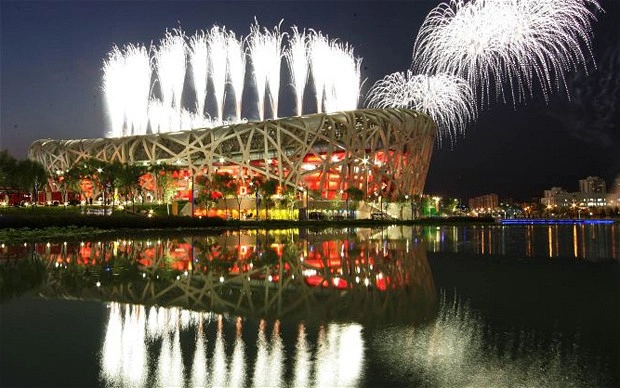
Ai Weiwei is a human-rights activist that has been publicly vocal about his distaste for the Chinese government.
In fact, Ai has been embroiled in several controversies over his long and storied career, including a tax scandal, and being arrested. He always seems to have the government nipping at his heels.

Despite being at odds with his own government for things he says or does, he is the recipient of many awards over his lengthy career, including the Appraisers Association Award for Excellence in the Arts and the Amnesty International's Ambassador of Conscience Award.
Here is an interesting interview with Ai Weiwei that will give you an idea of who this man is.
Up next…Damien Hirst.
Damien Hirst

Damien Hirst is an English artist and art collector. His most notable work that seems to be his big (though perhaps improbable) "hit" is called The Physical Impossibilities of Death in the Mind of Someone Living, which is a large tiger shark suspended in blue formaldehyde in a tank, created in 1991.
Here's a video featuring this catchily-titled piece, with discussion between Beth Harris, Sal Khan and Steven Zucker.
This shark piece is quite notorious by now, and elicits many different reactions from onlookers. Is it beautiful? Is it horrifying? It depends on who's looking at it, and their mood on the time, not to mention their own relationship with the subject matter imposed on the viewer by the artist: death.
Hirst is a two-time Turner Prize recipient. Some of his other works includes the recreation of a chemists studio, called Pharmacy, Away From The Flock, which was a dead sheep in formaldehyde and The Dream, which was a unicorn suspended in formaldehyde.
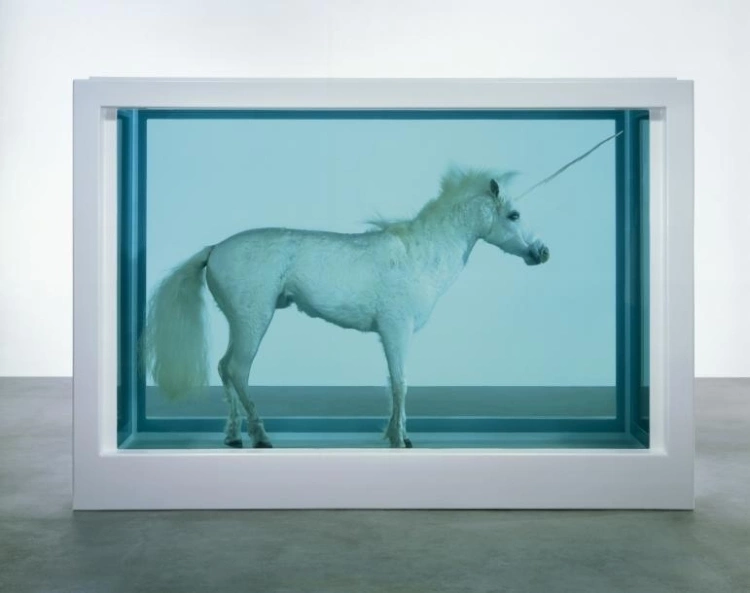
And just when you thought you've seen it all when it comes to unicorns suspended ominously in tanks of formaldehyde, there's also this…
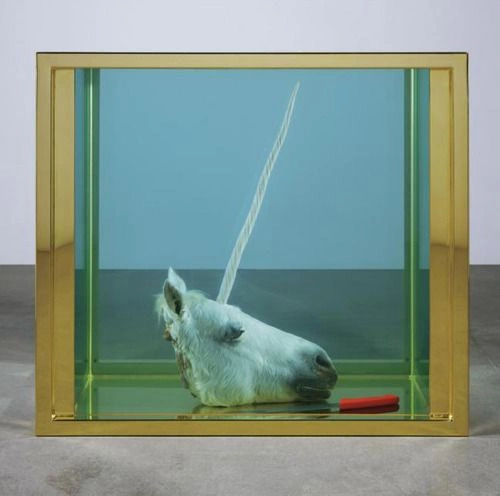
A central theme of Hirst's work is, as you may have guessed by now, …. death.
Visit: http://www.damienhirst.com/
Up next…Kara Walker.
Kara Walker
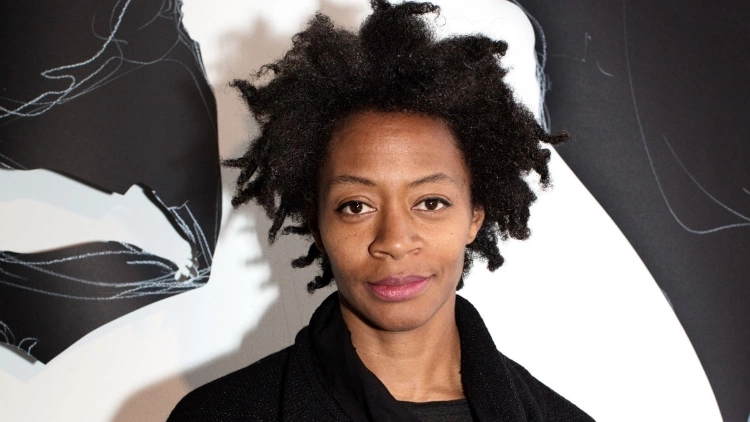
Kara Walker is an American silhouette and installation artist who has instructed at Columbia University.
Her exhibitions have traveled all over the United States and Paris, being held in museums and the ARC/Musee d'Art Moderne de la ville de Paris.
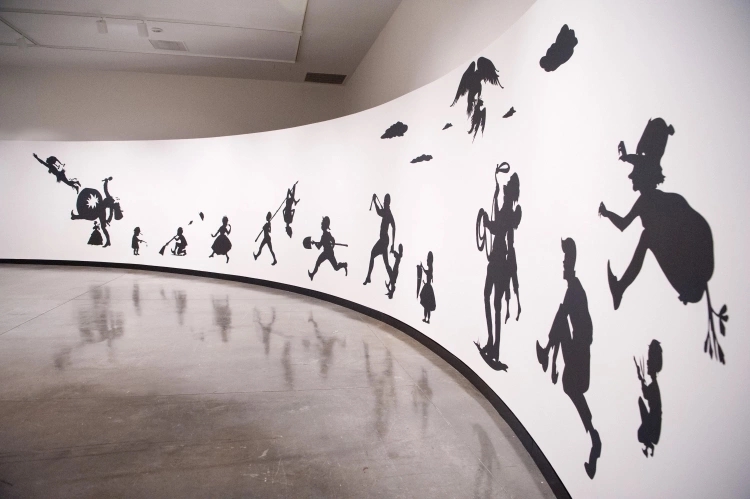
She has held 4 other solo exhibitions, and has been commissioned for other public art installations, including her most famous, A Subtlety.

Her artwork depicts themes surrounding race, gender, equality, violence, sexuality and identity.
She is the youngest recipient of the MacArthur fellowship, which is a grant for those who show exemplary talent and initiative in their field.
Visit: http://www.karawalkerstudio.com/
Up next…Doris Salcedo.
Doris Salcedo
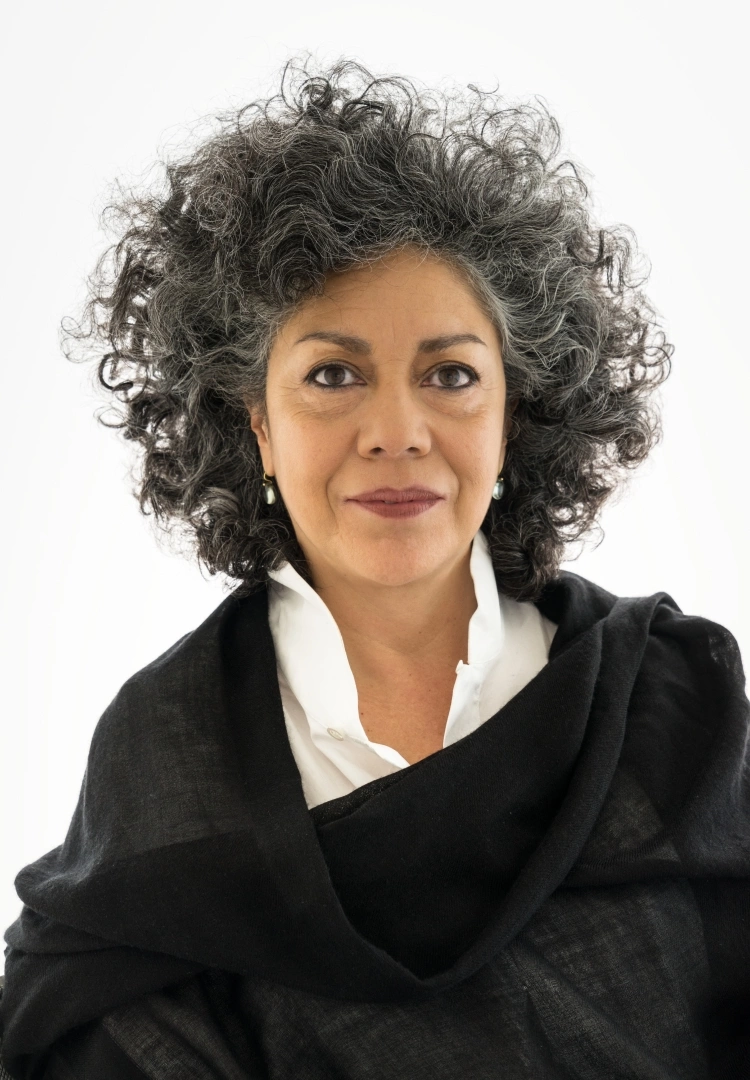
Born in Colombia, Doris Salcedo is a visual artist most known for her usage of commonplace items in her work.
She is the recipient of The Guggenheim Fellowship for Visual Arts, a prestigious grant for exceptional work in the arts, along with many other renowned awards.
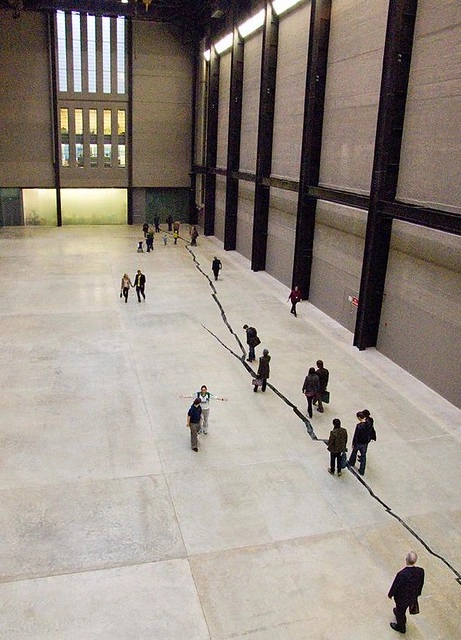
She has shared that her approach to creating installation art is: "The way that an artwork brings materials together is incredibly powerful. Sculpture is its materiality. I work with materials that are already charged with significance, with meaning they have required in the practice of everyday life…then, I work to the point where it becomes something else, where metamorphosis is reached."

Check out this video, where Doris talks about the nature of her work.
Read our feature article, "The Impressive Doris Salcedo"
Up next…Judy Chicago.
Judy Chicago

Judy Chicago is an installation and feminist artist that hails from the United States. Since her first exhibition in 1965, Judy has had a longstanding career.
Her most notable installations are The Dinner Party, International Honor Quilt (shown below), The Birth Project, Powerplay and The Holocaust Project.

She has permanent exhibitions in museums all over the world and has published 8 books.
Watch the following video if you want to learn more about this "troublemaker"…
Visit: http://www.judychicago.com/
Read our feature, The Life and Art of Judy Chicago for more info
Up next…Olafur Eliasson.
Olafur Eliasson
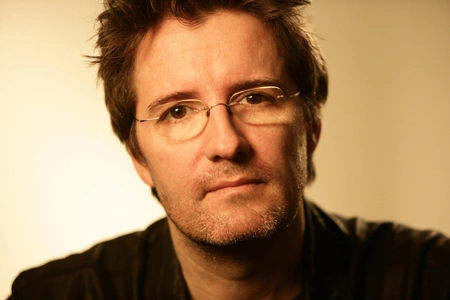
Olafur Eliasson is an artist that is well known for his inclusion of the elements to make the viewer's experience exceptional.
He is a Danish-Icelandic artist who primarily works with light, air temperature, wind, and water to enhance his installation pieces.
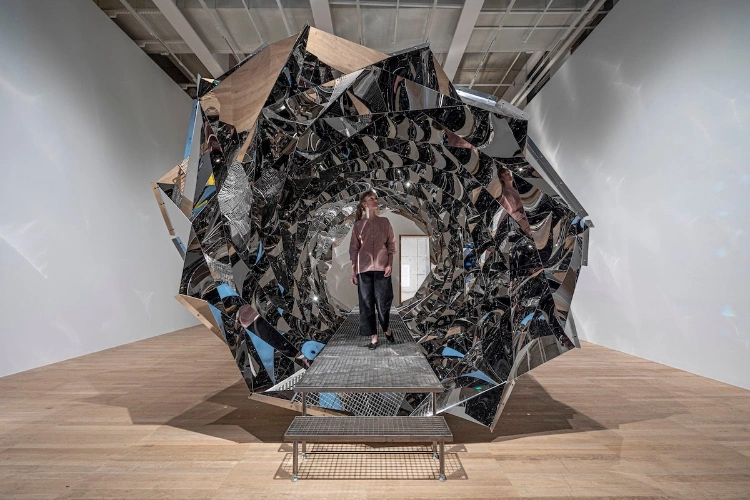
Since his first solo exhibition in 1993, he has received critical acclaim for his pieces. He has held exhibitions all over the world, including in Germany, Korea, London and Brazil.
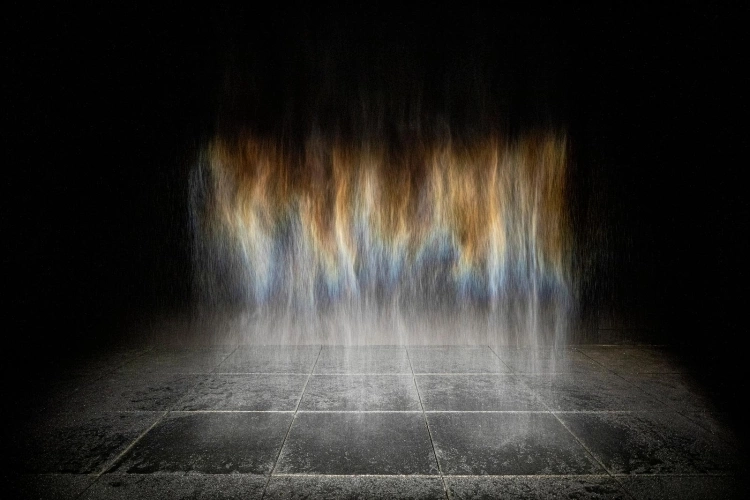
Watch this interview with Olafur Eliasson to learn more about the artist, on the occasion of his retrospective opening at the Tate Modern.
Visit: https://www.olafureliasson.net/
Bruce Nauman
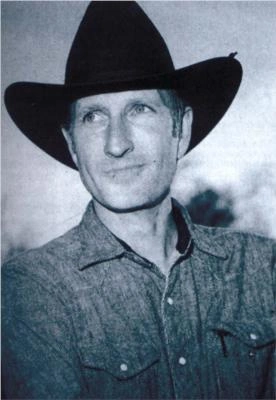
Bruce Nauman is an artist from the United States that is well versed in many different art forms. His work spans drawing, sculpting, working with neon and more.
There is an undeniable sexuality to his work that, when combined with the somewhat crude, universalized advertisement-like overtones in his work…the sort of eye grabbing modernity…that make the viewer subject to a wide array of reactions and emotions.

Since his first exhibition in 1966, his work has become widely known. His work has been featured in numerous prestigious museums, including Documenta, the Whitney Biennial and the Venice Biennale.
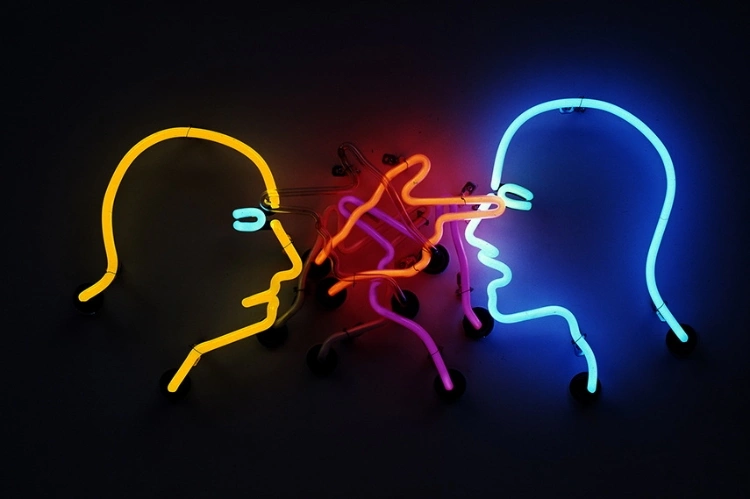
He is the recipient of 8 awards and accolades, and is generally celebrated as a progressive artist the world over, going by the credo that "the true artist helps the world".
Read more about Bruce here: https://www.moma.org/artists/4243
Joseph Beuys
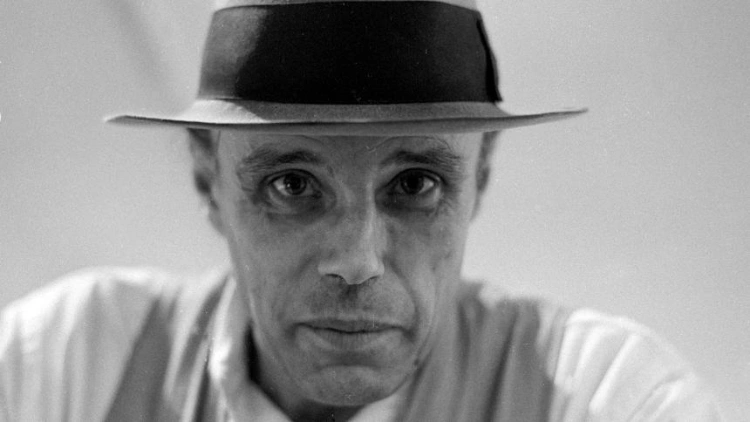
Joseph Beuys was a German artist who practiced all forms of art. His art philosophy was "extended definition of art" and the idea of social sculpture as a gesamtkunstwerk, which means a work of art that uses all art forms, or tries to.
In other words, he once covered himself in a blanket and got in a room with a coyote to see what would happen. The title here was "I Like America and America Likes Me". Well, it sure does!

His impressive body of work includes visual, installation, and performance art, but he also contributed in an academic way, with art theory.
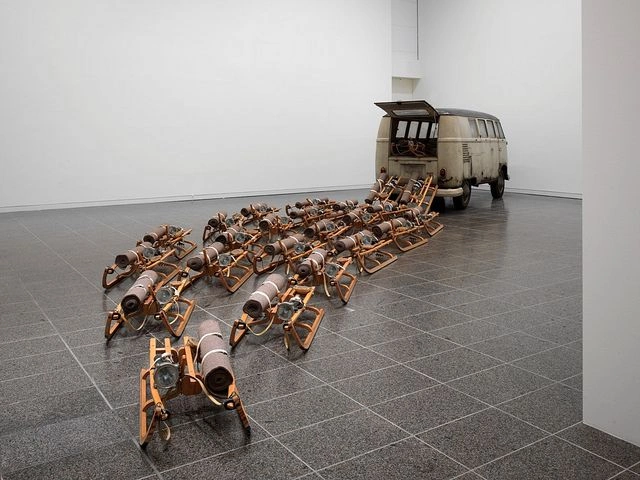
He also had an impressive list of exhibitions that have been held posthumously.
Here is a short video asking the question, "Who is Joseph Beuys?"
Up next…Allan Kaprow.
Allan Kaprow
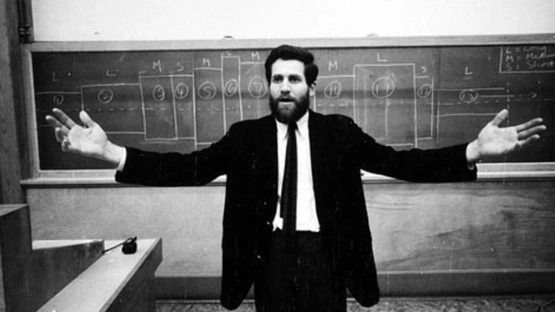
Allan Kaprow was an American artist best known for his installation art and paintings.
He described his philosophy on art as "concrete" or using commonplace materials like "paint, chairs, food, electric and neon lights, smoke, water, old socks, a dog, movies" to make an impact.

He studied art and philosophy in school, and began teaching. He created a series of well-known installations called the Happenings, as a mixture of performance and installation art.

Here's a video from 1988 in NYC that delves into some of Allan's interesting happenings, and what they involved.
Visit: http://www.allankaprow.com/
Why We Need Installation Art
So far, we've discussed famous installation pieces, artists, and the background of the medium. Installation art has been disruptive in such a short amount of time and has given us some incredible artists with impactful work from all over the world.
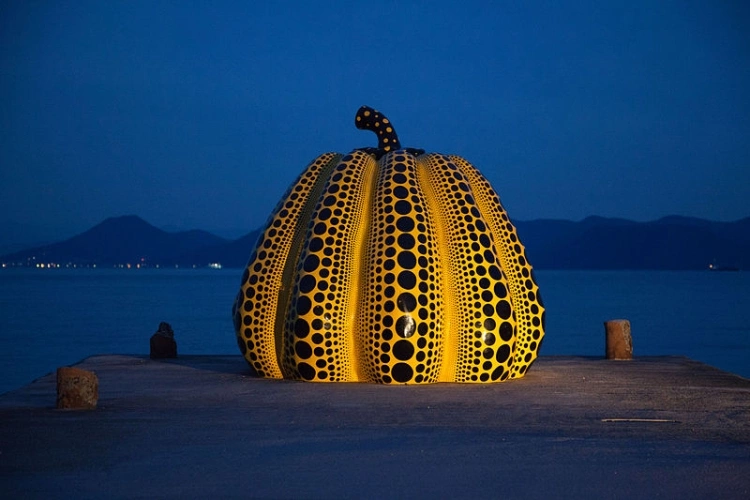
But why is installation art influential? What about it makes it a necessary form of conceptual art? Well, there are three main reasons why we need it: critical thinking, inspiration, and emotion.
Critical Thinking
When you ask an installation artist the meaning behind their work, it's often intense and thought-provoking.
For example, Doris Salcedo focuses her installation pieces around the themes of death, war, violence, and violence against women in her home country of Colombia.
Judy Chicago focuses her work on Feminist issues, and her piece "The Dinner Party," is critically acclaimed and world-renowned.
These themes are underlying, and they're abstract compared to the pieces themselves, which means audiences have to think critically about what the subject matter they're ingesting.

The ideas and the impact of them are more important than the installation itself, as the artist is presenting a message in a way that makes people think.
Installation art aims to shift the focus from the literal visual representation of a piece to what the conceptual meaning is behind it.
Reworking how we consume art requires critical thinking and a shift in subjective perspective among individual viewers.
While the themes are not always immediately apparent, the artist is deliberate in every aspect of the piece. There is no texture, medium, or detail that is not intentional in a piece of installation work.

Over and above critical thinking, installation art fosters a dialogue between viewers. It sparks a conversation among critics and other artists in the installation community.
It creates an experience for the audience, more so than a painting or sculpture. Installation art breaks boundaries in many ways.
"If a traditional work of art allows us to appreciate the craftsmanship of the artist, an installation allows us to experience the 'artwork' and perhaps even rethink our attitudes and values." - Encyclopedia of Art
Inspiration
Installation pieces are not confined to the walls of museums and galleries.
Some pieces, like Yayoi Kusama's outdoor sculptures, Ai Weiwei's "Good Fences Make Good Neighbors," or Arnaud Lapierre's "Ring - Chain," are all beautiful examples of artwork that are in public spaces.
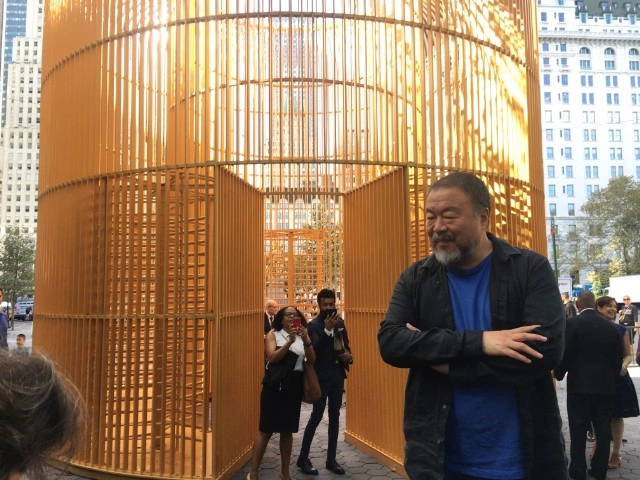
It's inspiring to be living your daily life and come across a large-scale piece of artwork that makes you ponder. Artwork that makes us question, deliberate, and inspires us is a gift.
The idea that anything is possible through art is exciting. As a creator, there are no limits. Creating art is ingrained in our being, which is why it inspires us so.
An installation piece provides a different kind of experience for someone, and each person looks at it and interprets it a little different.
Installation art can inspire change. So many artists explore heavy themes that are deliberately brought to the attention of their audience that they may not otherwise have been aware of.
These pieces of art inspire people to continue to spread awareness and create change in their communities.
Installations are typically temporary, which helps convey the concept of attachment.
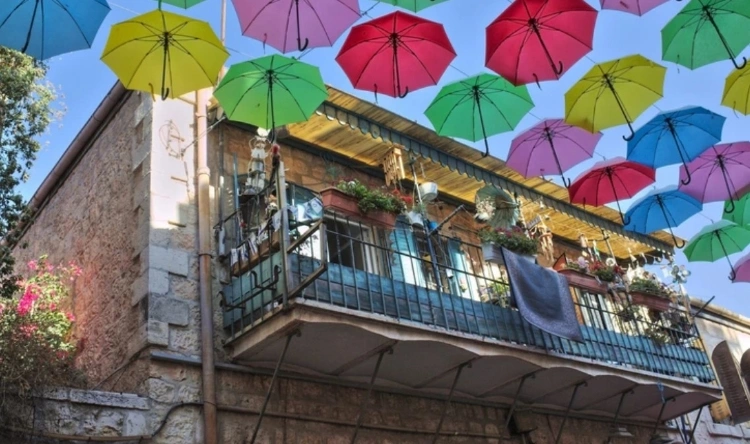
In Buddhism, the idea of attachment is the cause of all suffering. We take with us our memories, and nothing else, so installation art can help inspire us to be less attached.
"Any form of art is a form of power; it has impact; it can affect change - it can not only move us, it makes us move." - Ossie Davis
Emotion
Installation art can have some dark themes behind its creation. Cultural issues, political issues, war, death, oppression, and other subjects that aren't necessarily easy to discuss.
The goal behind installation art is to evoke emotion and conversation and to bring light to issues that are important to the artist.
For example, artist Damien Hirst focuses a lot of his artwork around death. His use of dead animals suspended and preserved with formaldehyde called "The Physical Impossibilities of Death in the Mind of Someone Living," is intended to make audiences feel a bit uneasy or uncomfortable.
Being able to assimilate the experience of an installation piece makes it all that more special. It creates an intimate moment between the viewer and the artwork in a way that a painting or more traditional piece can't.
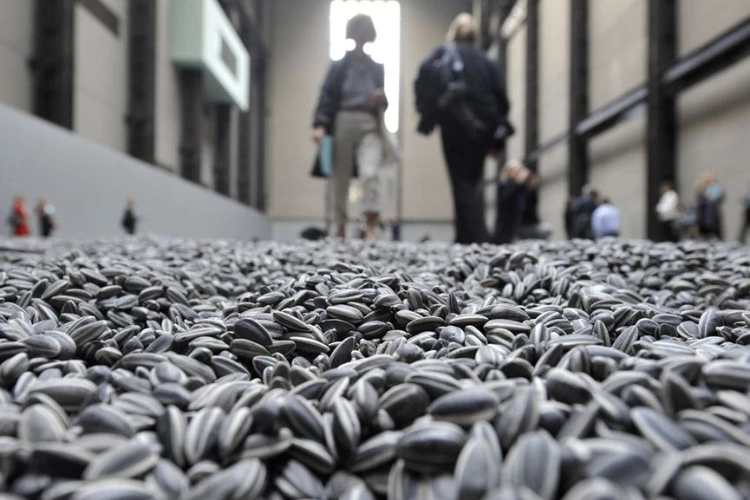
This moment only grows more profound when the installation piece is interactive, or the viewer becomes a part of the story.
"I think art, more than anything else, helps humans to synthesize emotion and to synthesize parts of ourselves, so therefore, as an artist, I feel a responsibility to try and facilitate that synthesis." - Jennifer Nettles
Why is Installation Art a Need?
Installation art transcends aesthetic preference, since typically it uses materials that are mundane and ordinary, and goes straight for symbolism and meaning.
It demands critical thinking and emotion of its viewers, and it inspires other artists to create. It creates meaningful connections between the artist and the audience, mainly if their work is speaking for those who do not have a voice.
In the history of art, conceptual art is relatively new, but that doesn't demean its significance and authority in the art world. Installation art is an experience, and it's a necessary medium in our society.
Whether you're personally a fan of this art style or not, there is something to be said about the impact it can have on us when it's created with care.
"All of the significant art of today stems from Conceptual art. This includes the art of installation, political, feminist, and socially directed art." - Sol LeWitt
How Has Installation Art Evolved Over the Years and What New Directions Is It Taking?
Installation art has evolved significantly since its inception in the 1960s and 1970s. The earliest installations involved large-scale, outdoor works that took up whole buildings or involved interventions at abandoned factories. While these types of complex, ambitious installations still exist today, the field has expanded to include more abstract and conceptual approaches, as well as a broad range of new media and digital technologies.
Some artists continue to work on large-scale projects that are intentionally site-specific - that is, they are designed with a particular location or space in mind. For example, between 1999 and 2001 Christo installed an enormous fabric sculpture over a valley in Colorado called "The Gates"; he also wrapped the Reichstag building in Berlin with a shimmering, translucent fabric piece in 1995. Other artists are more interested in creating installations that can be displayed in a variety of locations and contexts without losing their impact or meaning.
One of the most exciting new directions that installation art is taking today is the use of digital technologies to create immersive environments and interactive experiences. Artists like Rafael Lozano-Hemmer have pioneered this approach with works that involve light, sound, and other sensory interactions on a large scale. These types of installations offer captivating experiences for viewers and even allow them to become part of the artwork itself. They point to an exciting future for installation art as an increasingly popular form of contemporary creativity.
What Are Some Challenges That Installation Artists Face and How Do They Overcome Them?
One challenge that installation artists face is the task of creating a cohesive and visually appealing display. This can be difficult, especially when working with a large space or with many different elements. Another challenge is making sure that the installation can be safely accessed and interacted with by viewers. This often requires careful planning and coordination.
Installation artists often overcome these challenges by collaborating with other artists or professionals, such as engineers or architects. They also use a variety of methods to test and plan their installations before putting them on display. By doing so, they can ensure that their work will be both aesthetically pleasing and functional.
In the end, these challenges help to keep installation artists sharp and creative, and they are often the driving force behind new and innovative artwork. Whether you are an installation artist yourself or simply a viewer of this type of art, it is important to appreciate the hard work and dedication that it takes to create these beautiful pieces.
Conclusion on Installation Art
Each of these artists listed are extremely talented and well-known individuals in the installation art community, and now, hopefully, you will have a better understanding of installation art in terms of its context in the art world, place in history, and possibilities you may wish to pursue if you were questioning whether or not painting or drawing is the medium for you.
Again, leave a comment if you wish.
"Just as the development of earth art and installation art stemmed from the idea of taking art out of the galleries, the basis of my involvement with public art is a continuation of wall drawings." - Sol LeWitt
Sources:
- All about Installation Art
- Summary of Installation Art
- https://www.artsmanagement.net/Articles/Why...
- https://www.ehow.com/how-does_4603057_a...
- https://www.bocadolobo.com/blog/art/must...
- https://aesthetics.univie.ac.at/research/art...
- http://houston.culturemap.com/news/arts/08...
- https://www.thenation.com/article/how-art...
More articles from this site:
Recommended Books on Installation Art



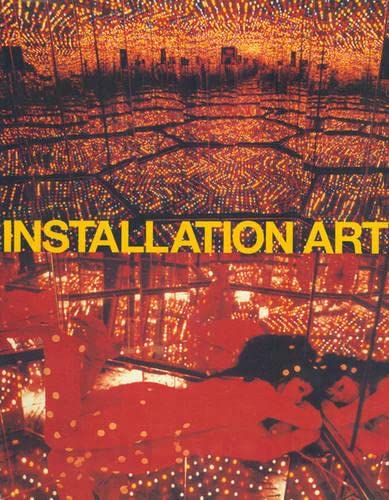

About David Fox
David Fox is an artist who created davidcharlesfox.com to talk about art and creativity. He loves to write, paint, and take pictures. David is also a big fan of spending time with his family and friends.
Leave a Reply
 |
 |
 |
 |
Now get FREE Gifts. Or latest Free phones here.
Disable Ad block to reveal all the secrets. Once done, hit a button below
 |
 |
 |
 |